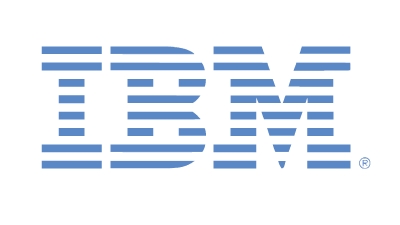Solution Providers Must Respond To A Changing Customer
Submitted by Paul Edwards and Rafi Musher on

Rafi Musher (pictured left), is CEO and Paul Edwards is managing director of Stax Inc., a global consulting firm with offices in Boston, New York and Chicago.
Over the past decade, CIOs have been required to embrace a significant mind shift: viewing IT decisions as a source of strategic advantage rather than one of operational control. Consider the three evolutions that the corporate view of IT and the role of software within an organization have undergone:
• Cost Center: First, IT was required to ensure operational functionality, and the CIO was the buyer.
• Operational Empowerment: Later, IT decision-making was still centralized, but as business units began taking greater control of their own needs, end-to-end solutions became more focused on how they fit with the infrastructure backbone rather than one-size-fits-all approaches. The CIO became the gatekeeper.
• Source of Strategic Advantage: Today, thanks to the democratization of IT, employees expect to have access to the same software they use at home, and most enterprise software is purchased without the CIO’s knowledge. Because employees choose software for its functionality rather than its interoperability, the CIO’s role is to make sure IT can be integrated and that the company doesn’t get burned by a cyberattack. As a result, the entire process in which users find, test and buy software has been turned on its head.
What does this mean for those in the software business? Solution providers now have to appeal to multiple customers within a company, each with its own priorities that drive decision-making:
• The CIO cares about overall IT strategy and infrastructure.
• The CFO cares about return on investment.
• Individual business units care about the actual software that will empower them from the standpoint of their own business and are responsible for selecting the tools that are consistent with both business strategy and the IT/infrastructure strategy.
For most solution providers, the individual business units – not the CIO or CFO – represent the new customer within the company. And that customer wants speed, ease and access to their own information. The cloud has created greater flexibility, allowing business units to choose best-of-breed solutions.
But the decisions they make are not permanent. For that reason, solution providers must think as much about the individual pain point and allowing the user to be the IT professional as they think about selling a company-wide package.






